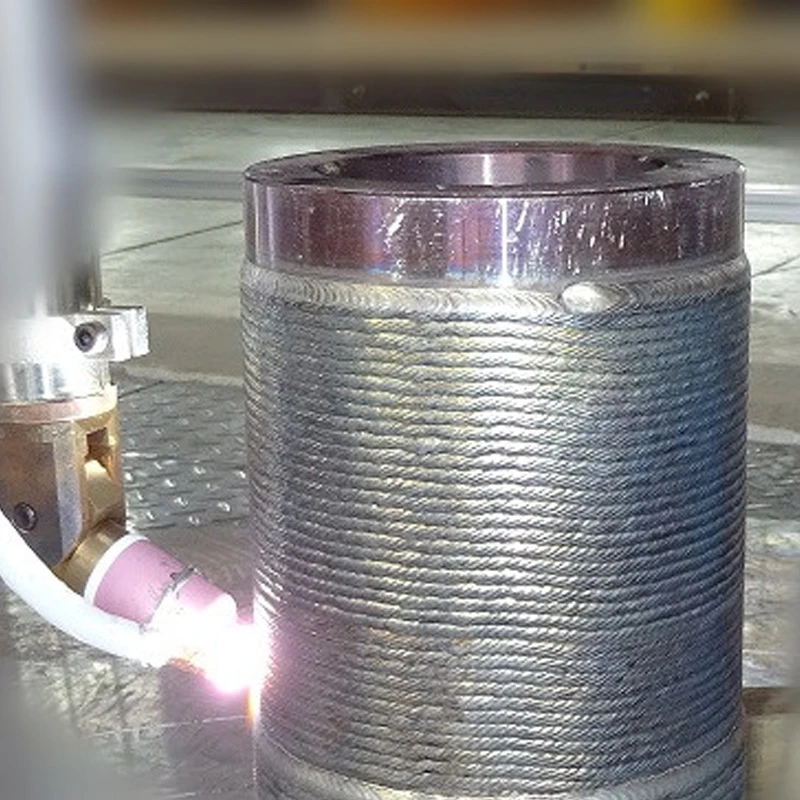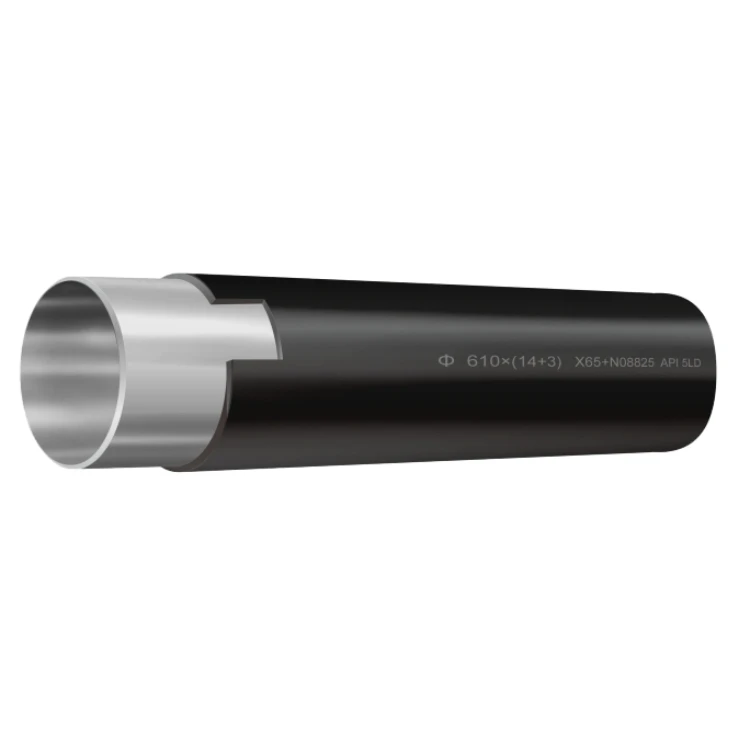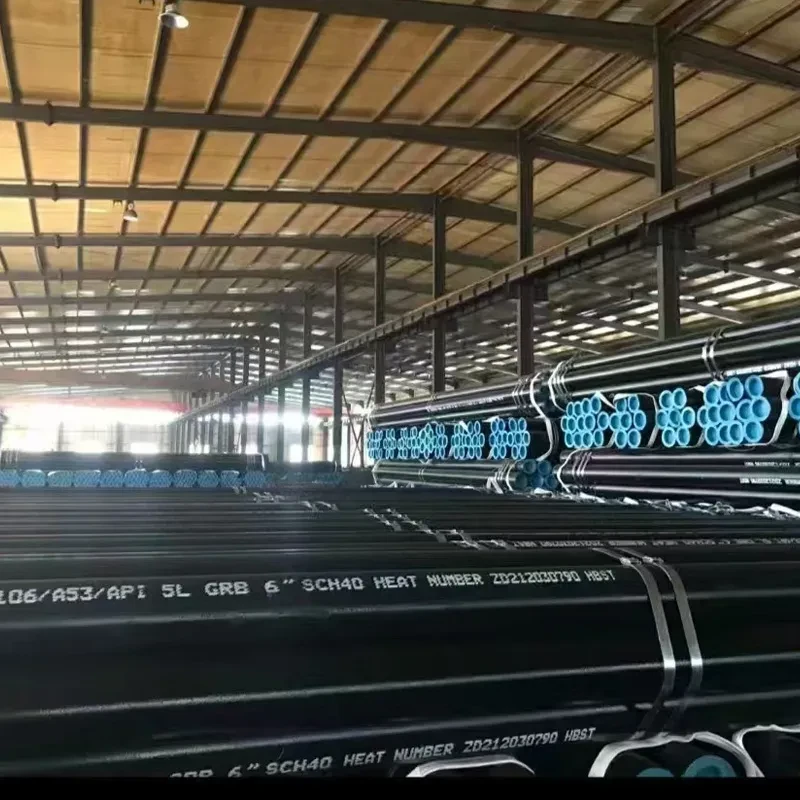- Fundamentals of Steel Tube Size Standardization
- Technical Advantages Across Different Measurement Systems
- Market Leaders: Global Steel Tube Manufacturer Comparison
- Industry-Specific Customization Solutions
- Practical Applications and Case Studies
- Interpreting Dimensional Charts Effectively
- Critical Considerations for Steel Tee Section Sizing
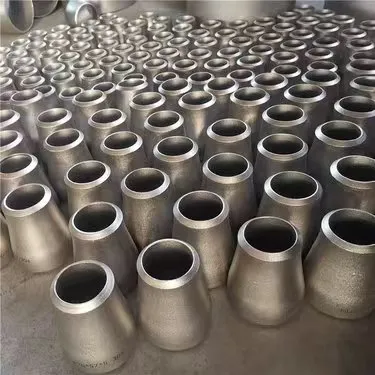
(steel tube sizes)
Fundamentals of Steel Tube Size Standardization
Standardization creates manufacturing efficiency and design reliability across industries. ASTM A500 establishes dimensional tolerances for structural applications permitting only ±0.5% deviation on nominal wall thickness. Industrial projects commonly utilize round tubes ranging from 0.5-inch (12.7mm) capillary tubing to 24-inch (610mm) transmission pipes. The table below outlines fundamental sizing parameters:
| Application Sector |
Common Outer Diameter Range |
Wall Thickness Tolerance |
Materials Used |
| Structural Engineering |
2"-16" (50-400mm) |
±0.5% |
A500 Gr B/C, A1085 |
| Hydraulic Systems |
0.25"-6" (6-150mm) |
±7.5% |
Stainless 304/316 |
| Oil & Gas Transmission |
4"-24" (100-610mm) |
±10% |
API 5L X42-X80 |
Dimensional variations occur across measurement systems with European EN standards differing from American specifications. British metric tubing follows EN 10255 classifications where diameters range between 21.3mm to 114.3mm. Sectional properties including moment of inertia and torsional stiffness calculations rely directly on these standardized measurements.
Technical Advantages Across Different Measurement Systems
Precision-engineered tubing delivers structural efficiencies unattainable with solid sections. Rectangular hollow sections (RHS) provide 40% greater torsional resistance compared to I-beams of equivalent weight. Material optimization reduces project costs substantially where structural tubing requires 20-30% less steel than alternative profiles. Surface-to-weight ratios significantly impact corrosion resistance - circular sections exhibit 25% less exposed surface area than angular profiles.
Advanced manufacturing techniques now permit hybrid sections meeting multiple structural requirements simultaneously. Integrated finite element analysis during fabrication validates performance characteristics against theoretical calculations. Protective treatments including hot-dip galvanizing according to ASTM A123 increase service life to over 50 years in corrosive environments.
Market Leaders: Global Steel Tube Manufacturer Comparison
Material selection directly impacts performance characteristics across operating environments. Leading manufacturers specialize in distinct production methodologies as shown in the technical comparison:
| Manufacturer |
Production Method |
Quality Certifications |
Diameter Range |
Material Options |
| Vallourec |
Seamless/Pilger Mill |
API Q1, ISO 9001 |
0.5"-24" |
260+ alloys |
| Tenaris |
Continuous Seamless |
API 5CT, PED |
1"-20" |
Carbon/alloy/stainless |
| Nippon Steel |
ERW/HFW |
JIS, DNV GL |
0.25"-60" |
Carbon/TMCP steels |
Recent industry developments highlight production innovations including SSAB's laser-welded tubes achieving wall thicknesses down to 0.8mm with ±0.05mm precision. Such technical capabilities enable applications in aerospace and medical sectors previously dominated by non-metallic composites.
Industry-Specific Customization Solutions
Bespoke fabrication addresses specialized engineering requirements where conventional sizing proves insufficient. Bridge construction frequently employs non-standard elliptical sections reducing wind load resistance by up to 18% compared to circular equivalents. Petrochemical installations implementing API 5L grade X100 pipes with wall thicknesses exceeding 40mm withstand pressures surpassing 15,000 psi.
Material scientists increasingly develop application-specific steel formulations. Offshore drilling operations utilize modified duplex stainless steels containing 25% chromium and 7% nickel to withstand chloride-induced stress corrosion cracking. Architectural fabrications employ weathering steels forming stable oxide layers that eliminate painting requirements while maintaining structural integrity.
Practical Applications and Case Studies
Berlin Hauptbahnhof incorporated over 5,000 tonnes of custom rectangular hollow sections spanning 38-50 meters without intermediate supports. The specialized sections measuring 400x200mm with 20mm walls demonstrated 32% weight reduction compared to conventional structural alternatives. Construction timelines decreased by approximately 6 weeks due to prefabricated modular components.
Automotive manufacturers employ precisely calibrated tubular frames meeting stringent impact regulations. Roll-over protection systems utilize circular sections between 2"-3.5" diameter with wall thicknesses optimized through crash simulation modeling. Computer-optimized hydroformed tubes achieve complex three-dimensional geometries unattainable through traditional manufacturing while improving torsional rigidity by up to 50%.
Interpreting Dimensional Charts Effectively
Material selection depends on accurate chart interpretation beginning with identification parameters. Nominal Pipe Size systems specify approximate inner dimensions while structural tubing charts reference exact outer diameters. European EN charts organize profiles by sectional properties rather than geometric dimensions. Supplemental notations indicate material grade with critical distinctions between yield strengths - ASTM A500 Gr B specifies 46ksi minimum yield strength versus Gr C's 50ksi requirement.
Conversion tools aid transnational projects but engineers must recognize differences. European EN 10210 S355J2H strength ratings correspond to American A500 Gr C yet chemical compositions vary substantially. Industry specialists recommend maintaining original specifications except when supplementary physical testing validates material substitutions.
Critical Considerations for Steel Tee Section Sizing
Unequal tee sections solve junction transition challenges in piping networks. Branch-to-run diameter ratios determine stress concentration factors with standard ANSI B16.9 tees maintaining 1:1.25 limitations. Structural tee dimensions follow ASTM A6 specifications with flange thickness exceeding web measurements for load transfer efficiency. Offshore platforms employ reinforcing pad tees where branch connections undergo calculated 40% thickness increases to withstand cyclic wave loading.
Recent innovations in tee section production include monolithic forged branch connections eliminating traditional welds. Stress analysis indicates superior fatigue resistance especially for large-diameter applications exceeding 48-inch runs. Computer-controlled hydroforming yields precise dimensional accuracy ensuring optimized flow characteristics in process piping installations.
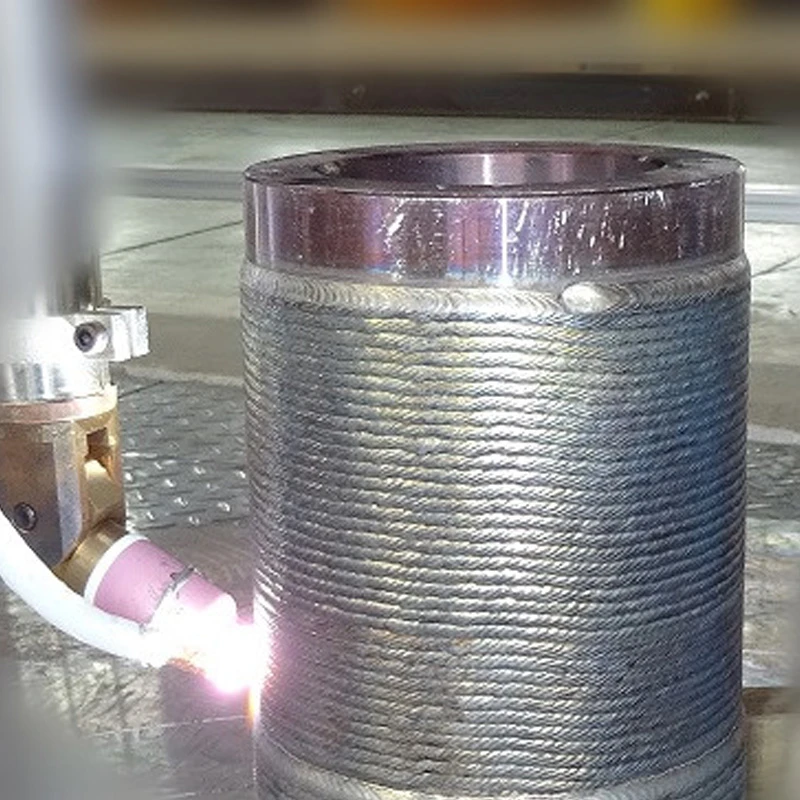
(steel tube sizes)
FAQS on steel tube sizes
Q: What are common steel tube sizes?
A: Standard sizes include diameters ranging from 1/2 inch to 12 inches, with varied wall thicknesses based on application needs. These sizes cover everything from small piping to large structural components.
Q: How do I use a steel tube sizes chart?
A: Charts list dimensions like outer diameter, wall thickness, and weight per foot for easy reference. Simply match your requirements to find compatible tubes for projects like frameworks or pipelines.
Q: What factors influence steel tube size selection?
A: Size depends on load-bearing requirements, material grade, and end-use scenarios such as construction or machinery. Always consult engineering specs to ensure optimal performance.
Q: What are steel tee section sizes for?
A: Tee sections feature varied flange widths and web depths for joining tubes in T-shaped connections. Sizes are standardized for structural supports in buildings or bridges.
Q: Where are specific steel tube sizes applied in industry?
A: Smaller sizes suit handrails or furniture, while larger ones handle pipelines or heavy structures. Charts help match sizes to contexts like automotive or infrastructure.

